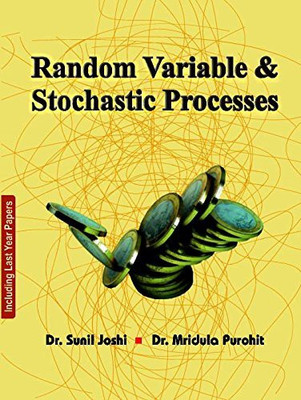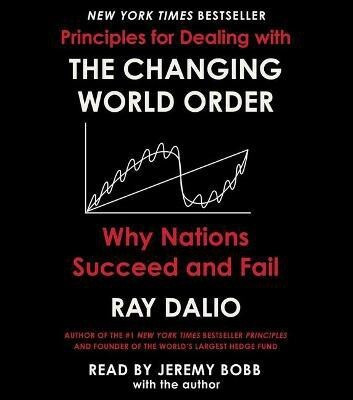
IGNOU BSOE 148 Social Stratification Quick Readable Notes Book For Ignou Student (Paperback, BMA Publication)
Share
IGNOU BSOE 148 Social Stratification Quick Readable Notes Book For Ignou Student (Paperback, BMA Publication)
Be the first to Review this product
₹313
₹599
47% off
Available offers
T&C
T&C
Delivery
Check
Enter pincode
Delivery by26 Jun, Thursday
?
if ordered before 7:59 PM
View Details
Highlights
- Binding: Paperback
- Publisher: BMA PUBLICATION
- ISBN: 9788511504316
- Edition: LATEST, 2024
- Pages: 90
Services
- Cash on Delivery available?
Seller
Description
IGNOU BSOE 148 "Social Stratification" involves condensing complex information into succinct summaries. Here's an outline of key concepts and topics that you can further develop:
Introduction to Social Stratification
Definition and significance of social stratification.
Understanding the structure of stratification systems.
Theoretical Perspectives on Social Stratification
Examination of sociological theories of social stratification (e.g., functionalism, conflict theory, symbolic interactionism).
Analysis of how different theoretical perspectives explain the causes and consequences of social inequality.
Dimensions of Social Stratification
Overview of different dimensions of social stratification (e.g., class, status, power).
Understanding how these dimensions intersect and interact in shaping individuals' life chances.
Social Class
Examination of social class systems and class mobility.
Analysis of the impact of social class on access to resources, opportunities, and social networks.
Status and Prestige
Role of status and prestige in social stratification.
Understanding how status hierarchies are maintained and perpetuated.
Power and Authority
Examination of power structures and authority relations.
Analysis of the distribution of power in society and its implications for social stratification.
Social Mobility
Types of social mobility (e.g., upward mobility, downward mobility, intergenerational mobility).
Understanding factors influencing social mobility, such as education, occupation, and social networks.
Global Stratification
Overview of global patterns of social stratification.
Examination of the divide between the global North and South in terms of wealth, development, and access to resources.
Gender and Stratification
Role of gender in social stratification.
Analysis of gender inequalities in education, employment, and income.
Race and Ethnicity
Examination of racial and ethnic stratification.
Understanding the impact of racism and discrimination on social inequality.
Intersectionality
Understanding how multiple dimensions of identity intersect to produce complex forms of inequality.
Analysis of how race, class, gender, and other factors interact to shape individuals' life chances.
Read More
Specifications
Book Details
| Publication Year |
|
| Exam |
|
| Number of Pages |
|
University Books Details
| Degree/Diploma |
|
| Specialization |
|
| Subject |
|
Additional Features
| Age Group |
|
Dimensions
| Width |
|
| Height |
|
| Depth |
|
| Weight |
|
In The Box
|
Be the first to ask about this product
Safe and Secure Payments.Easy returns.100% Authentic products.
Back to top




